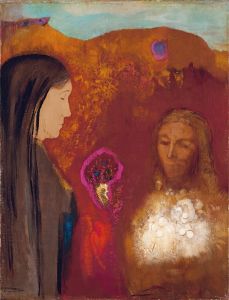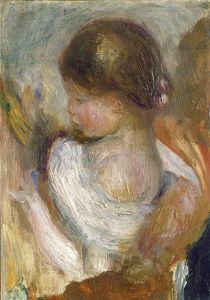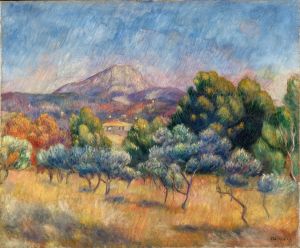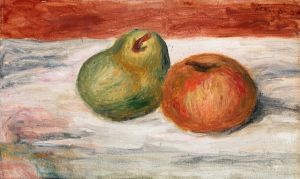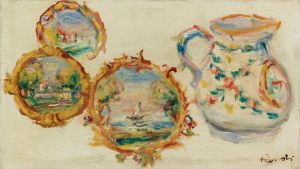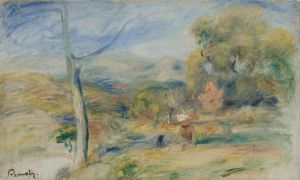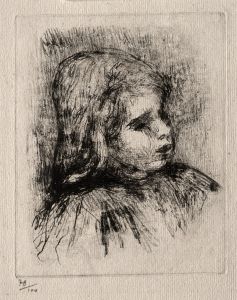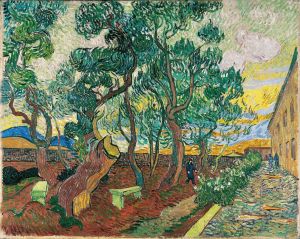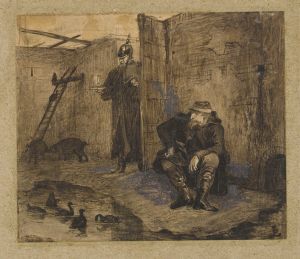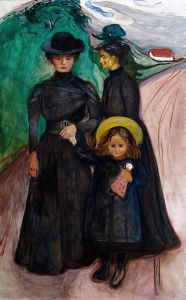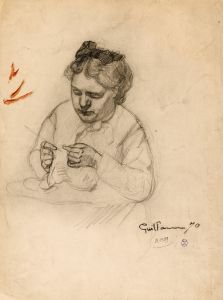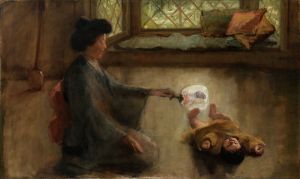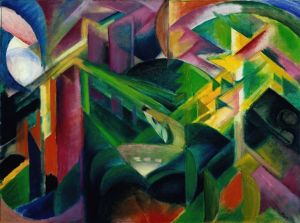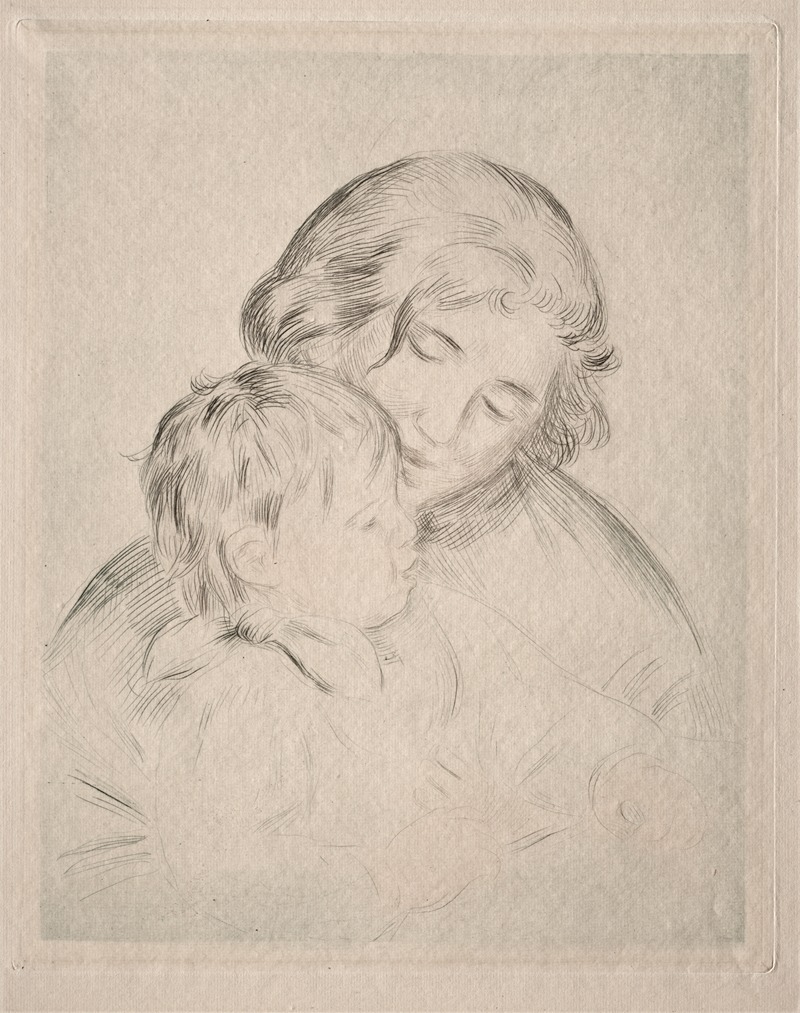
Mother and Child
A hand-painted replica of Pierre-Auguste Renoir’s masterpiece Mother and Child, meticulously crafted by professional artists to capture the true essence of the original. Each piece is created with museum-quality canvas and rare mineral pigments, carefully painted by experienced artists with delicate brushstrokes and rich, layered colors to perfectly recreate the texture of the original artwork. Unlike machine-printed reproductions, this hand-painted version brings the painting to life, infused with the artist’s emotions and skill in every stroke. Whether for personal collection or home decoration, it instantly elevates the artistic atmosphere of any space.
Pierre-Auguste Renoir's "Mother and Child" is a celebrated painting that exemplifies the artist's mastery of Impressionism and his ability to capture intimate and tender moments. Renoir, a leading figure in the Impressionist movement, is renowned for his vibrant use of color and his focus on scenes of leisure and domestic life. "Mother and Child" is a recurring theme in Renoir's work, reflecting his interest in the warmth and affection inherent in familial relationships.
Renoir painted several versions of "Mother and Child" throughout his career, each depicting the bond between a mother and her child with sensitivity and grace. These paintings are characterized by their soft brushwork, luminous color palette, and the gentle, affectionate interactions between the figures. Renoir's technique often involved the use of loose brushstrokes and a focus on the effects of light, which imbued his works with a sense of immediacy and intimacy.
The specific version of "Mother and Child" that is often highlighted was created in the late 19th century, a period when Renoir was deeply engaged with exploring the themes of family and domesticity. This painting, like many of his works, reflects the influence of the Impressionist movement, which sought to capture the fleeting effects of light and atmosphere. Renoir's approach to this subject matter was both personal and universal, appealing to the viewer's emotions through the depiction of a universally relatable scene.
In "Mother and Child," Renoir often depicted the figures in a serene and harmonious setting, emphasizing the natural bond between them. The mother is typically shown cradling or holding her child, with both figures often gazing at each other or engaged in a tender moment. The background is usually rendered in soft, blurred tones, which serves to highlight the central figures and create a sense of intimacy and focus.
Renoir's use of color in these paintings is particularly noteworthy. He employed a warm and vibrant palette, using shades of pink, blue, and green to create a sense of warmth and vitality. The interplay of light and shadow adds depth to the composition, enhancing the three-dimensionality of the figures and the overall atmosphere of the painting.
The theme of motherhood was significant to Renoir, who was himself a father. His personal experiences likely informed his portrayal of the subject, lending an authenticity and depth to his work. The tenderness and affection evident in "Mother and Child" resonate with viewers, making it one of Renoir's enduringly popular themes.
Renoir's "Mother and Child" paintings are housed in various collections around the world, including prominent museums and private collections. These works continue to be celebrated for their beauty, emotional depth, and the artist's skillful rendering of light and color. They exemplify Renoir's ability to capture the essence of human relationships and the simple joys of everyday life.
In summary, Pierre-Auguste Renoir's "Mother and Child" is a testament to the artist's ability to convey emotion and intimacy through his Impressionist style. The paintings are cherished for their depiction of the tender bond between mother and child, rendered with a mastery of color and light that is characteristic of Renoir's work.





